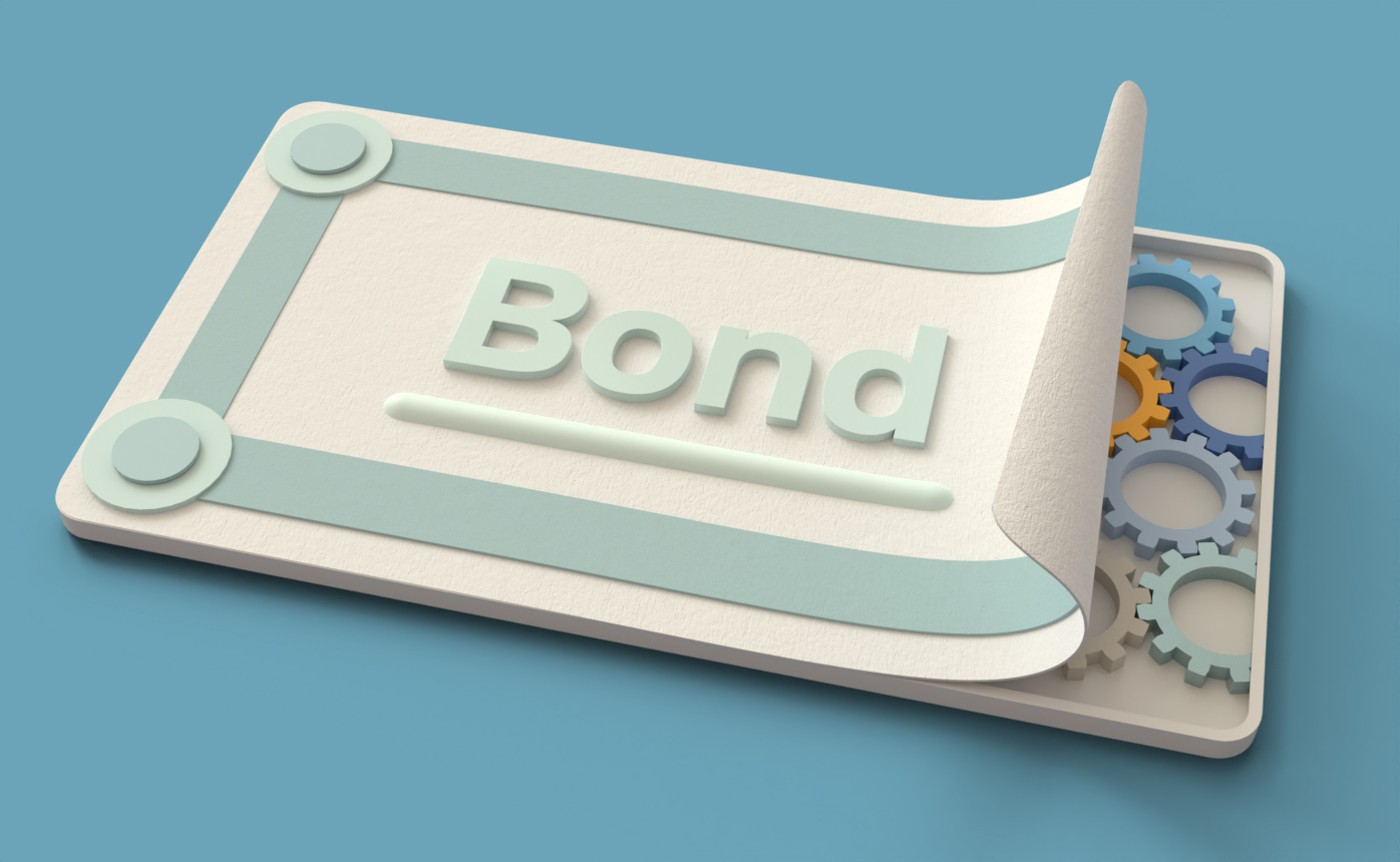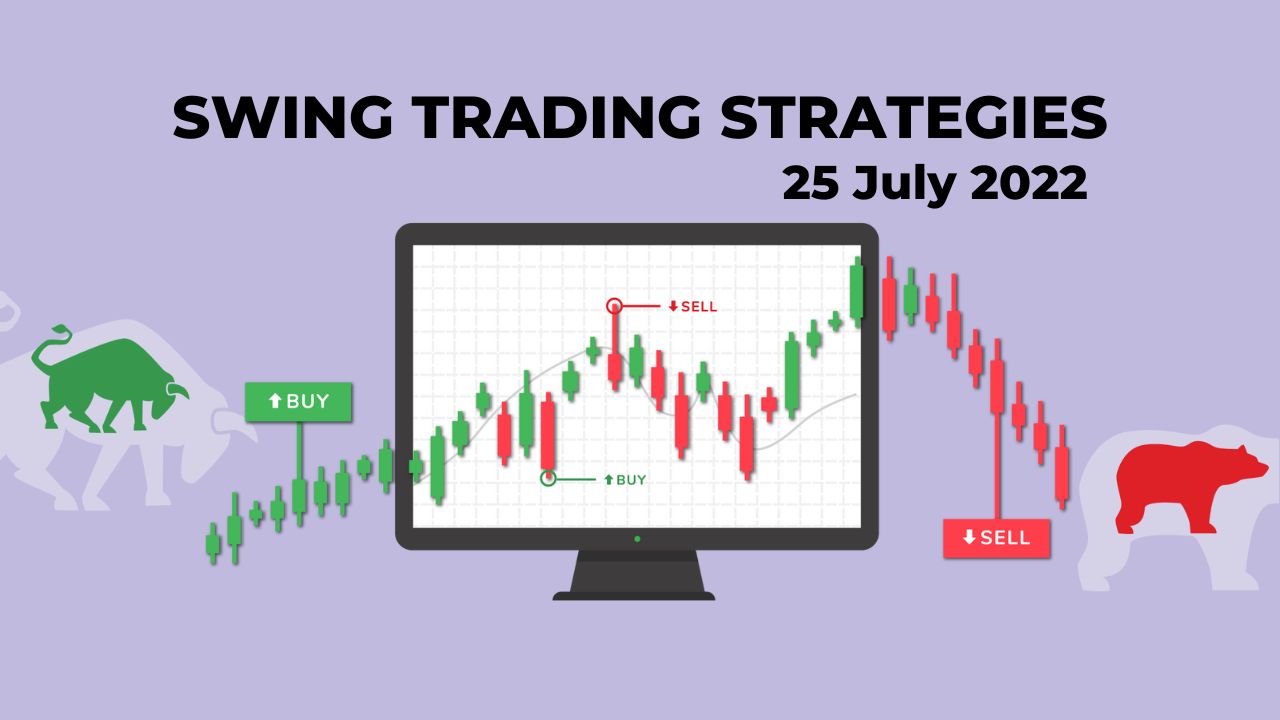
A well-defined stop limit is essential when news trading, and can help you limit your downside risk and get out of a bad trade quickly. The five-minute chart should always be used before Non-Farm Payrolls is released, which can have a significant impact on USD crosses. You should change to a different currency pair if you are trading on the news.
News with high impact
There are many economic reports and releases that can impact the direction of currency markets. However, forex trading news with high impact is not always based solely on the calendar. Unpredictable events, such a US presidential campaign rally that announces an economic stimulus package, or a terrorist act, can trigger wild price action. Global markets are interconnected and a slowing US economic growth can have a significant impact on the rest of the globe. In such cases, traders take into account the possibility of war and slower economic growth.
Currency prices can be affected if news is about major exporters and currencies. News about certain commodities like natural gas can have an impact on the prices of other currencies. Price of currency can be affected by the exports of large quantities of raw materials like crude oil, gold and other precious metals. These currencies are often affected in part by issues that affect supply and demande.

News with low impact
The best way to trade currencies for Forex traders is through low-impact news. Low-impact news, although often overlooked, contains valuable information about a country’s economy and future prospects. The lower timeframe can work with the more recent timeframes to create a market structure. However, it is the fundamentals and power of this information that gives it its strength. Trader should therefore learn to leverage low-impact information to their advantage.
But, it's important to realize that news of high impact does not affect all currencies. This is why it is so important to understand how your market reacts to such news. For example, the German Flash Manufacturing pmI will impact the Euro much more than the French Flemish Flash Manufacturing pmI. You should also keep track of the economic calendar so you are not missing any important news events.
Trades can be made during periods of uncertainty, consolidation or both
A period of consolidation or uncertainty occurs when stocks or indexes are trading in ranges. Although a breakout in this period could be significant, it is not possible to anticipate one. The breakout strength indicator can be followed so you can sell or buy in anticipation. This article will talk about trading during periods of uncertainty or consolidation and provide strategies to achieve a breakout.
Strategies to trade on top of the news
Traders who want the latest economic report to be profitable must employ strategies that trade on the news. Trader will usually buy an asset, then sell it when the news comes out. Market movements can be influenced by news. Trader should not buy assets based on rumor if the news doesn't cause a significant movement. Instead, traders should instead buy assets based only on expected cash flows and then make a sale once the news has been confirmed.

Trading on the news requires patience as with any trading strategy. It is difficult to predict when the news will hit the market, and even harder to trade right away. The market should wait at least 10 minutes before it is announced to allow it to shake off. Historical charts will reveal that the market experiences a failure reaction to news only a few moments after it is announced. This failure often reverses quickly and traders can profit from the real market movement.
FAQ
How can people lose money in the stock market?
The stock exchange is not a place you can make money selling high and buying cheap. It's a place you lose money by buying and selling high.
The stock exchange is a great place to invest if you are open to taking on risks. They will buy stocks at too low prices and then sell them when they feel they are too high.
They hope to gain from the ups and downs of the market. But they need to be careful or they may lose all their investment.
What is the difference?
Brokers are individuals who help people and businesses to buy and sell securities and other forms. They manage all paperwork.
Financial advisors are specialists in personal finance. Financial advisors use their knowledge to help clients plan and prepare for financial emergencies and reach their financial goals.
Banks, insurers and other institutions can employ financial advisors. You can also find them working independently as professionals who charge a fee.
Consider taking courses in marketing, accounting, or finance to begin a career as a financial advisor. Also, you'll need to learn about different types of investments.
Why is a stock called security.
Security is an investment instrument whose worth depends on another company. It can be issued as a share, bond, or other investment instrument. The issuer promises to pay dividends and repay debt obligations to creditors. Investors may also be entitled to capital return if the value of the underlying asset falls.
What is security?
Security can be described as an asset that generates income. Shares in companies are the most popular type of security.
One company might issue different types, such as bonds, preferred shares, and common stocks.
The earnings per shares (EPS) or dividends paid by a company affect the value of a stock.
You own a part of the company when you purchase a share. This gives you a claim on future profits. If the company pays you a dividend, it will pay you money.
You can sell shares at any moment.
How are shares prices determined?
Investors set the share price because they want to earn a return on their investment. They want to make profits from the company. So they buy shares at a certain price. If the share price goes up, then the investor makes more profit. If the share value falls, the investor loses his money.
An investor's main objective is to make as many dollars as possible. This is why they invest into companies. It allows them to make a lot.
Statistics
- Even if you find talent for trading stocks, allocating more than 10% of your portfolio to an individual stock can expose your savings to too much volatility. (nerdwallet.com)
- For instance, an individual or entity that owns 100,000 shares of a company with one million outstanding shares would have a 10% ownership stake. (investopedia.com)
- Individuals with very limited financial experience are either terrified by horror stories of average investors losing 50% of their portfolio value or are beguiled by "hot tips" that bear the promise of huge rewards but seldom pay off. (investopedia.com)
- US resident who opens a new IBKR Pro individual or joint account receives a 0.25% rate reduction on margin loans. (nerdwallet.com)
External Links
How To
How to open an account for trading
Opening a brokerage account is the first step. There are many brokers out there, and they all offer different services. Some charge fees while others do not. Etrade, TD Ameritrade Fidelity Schwab Scottrade Interactive Brokers are some of the most popular brokerages.
Once your account has been opened, you will need to choose which type of account to open. You should choose one of these options:
-
Individual Retirement Accounts (IRAs).
-
Roth Individual Retirement Accounts
-
401(k)s
-
403(b)s
-
SIMPLE IRAs
-
SEP IRAs
-
SIMPLE 401 (k)s
Each option offers different advantages. IRA accounts have tax benefits but require more paperwork. Roth IRAs allow investors to deduct contributions from their taxable income but cannot be used as a source of funds for withdrawals. SEP IRAs are similar to SIMPLE IRAs, except they can also be funded with employer matching dollars. SIMPLE IRAs have a simple setup and are easy to maintain. These IRAs allow employees to make pre-tax contributions and employers can match them.
Finally, determine how much capital you would like to invest. This is your initial deposit. You will be offered a range of deposits, depending on how much you are willing to earn. Based on your desired return, you could receive between $5,000 and $10,000. The conservative end of the range is more risky, while the riskier end is more prudent.
After you've decided which type of account you want you will need to choose how much money to invest. Each broker sets minimum amounts you can invest. These minimum amounts can vary from broker to broker, so make sure you check with each one.
You must decide what type of account you want and how much you want to invest. Next, you need to select a broker. You should look at the following factors before selecting a broker:
-
Fees - Be sure to understand and be reasonable with the fees. Many brokers will try to hide fees by offering free trades or rebates. Some brokers will increase their fees once you have made your first trade. Be cautious of brokers who try to scam you into paying additional fees.
-
Customer service – Look for customer service representatives that are knowledgeable about the products they sell and can answer your questions quickly.
-
Security - Make sure you choose a broker that offers security features such multi-signature technology, two-factor authentication, and other.
-
Mobile apps - Make sure you check if your broker has mobile apps that allow you to access your portfolio from anywhere with your smartphone.
-
Social media presence - Find out if the broker has an active social media presence. If they don’t, it may be time to move.
-
Technology - Does the broker utilize cutting-edge technology Is the trading platform intuitive? Are there any issues with the system?
After you have chosen a broker, sign up for an account. Some brokers offer free trials, while others charge a small fee to get started. After signing up you will need confirmation of your email address. Next, you will be asked for personal information like your name, birth date, and social security number. You'll need to provide proof of identity to verify your identity.
After you have been verified, you will start receiving emails from your brokerage firm. You should carefully read the emails as they contain important information regarding your account. This will include information such as which assets can be bought and sold, what types of transactions are available and the associated fees. You should also keep track of any special promotions sent out by your broker. These promotions could include contests, free trades, and referral bonuses.
Next, open an online account. Opening an online account is usually done through a third-party website like TradeStation or Interactive Brokers. Both websites are great resources for beginners. When you open an account, you will usually need to provide your full address, telephone number, email address, as well as other information. After you submit this information, you will receive an activation code. This code is used to log into your account and complete this process.
You can now start investing once you have opened an account!